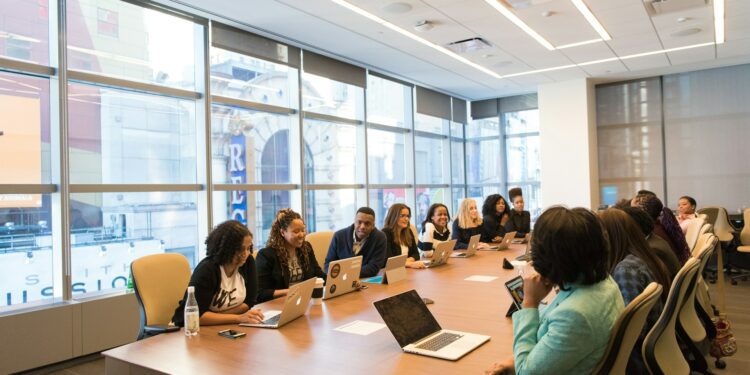And how can investors protect themselves from corruption?
Investors believe that there is a big corruption problem in the region, but you cannot avoid corruption anywhere in the world, what you have to know is how to protect yourself. Many believe that large countries are the ones that can best shield themselves against corruption, but this is not always the case, smaller countries can shield themselves better.
Ultimately, it depends on the partners you find. Colombia is a good example: despite its corruption problems, private projects work very well if you have good partners and management teams with whom you can have open discussions from the start.
Data centers are extremely important for the region, the rest of the world is looking to Latin America as the next region for these sites and LatAm is trying to catch up in technology and energy stability to house them.
Which sectors are being invested in the most?
The logistics and energy sectors are becoming very important.
In digital infrastructure, they’re trying to scale on a booming theme, not just to have big data centers, but to focus on Artificial Intelligence (AI) and sustainability issues.
These sectors are ideal for middle market partners, who can enter with investments of USD 15-30 million, to start scaling.
How is the nearshore business doing with external investments?
There is a major post-pandemic movement on t nearshoring and being those north-south transit points. Beyond the south-south debate, the growth in logistics, the search for north-south and south-north connections is key and there is great potential for growth.
Data centers are extremely important for the region, the rest of the world is looking to Latin America as the next region for these sites and LatAm is trying to catch up in technology and energy stability to house them.
In terms of BPOs, the focus of investors and large companies is to look for workforces in countries that are English-speaking. But as a space has opened up with young people who are bilingual and better prepared culturally, this is going more to South America.
Is there room for small and medium-sized investments in the region?
This is something I also stress a lot, you don’t always have to come in with hundreds of millions of dollars. There are small projects in these sectors that do not have the demand for so much capital that can have a quicker impact, not only because they can be finished and start operating soon, but also because they start to receive a return quickly.
What do businesses and countries expect from investors?
Countries want international capital, despite the problems of corruption and governance, markets do want to be in this international global forum. Beyond politics, from the private sector the doors are open for investment.
But these countries also expect investors to come with an open mind to the practices and culture. What countries do not want is to have strict requirements on them, because usually they come with legal frameworks and practices that are practically impossible to carry out in Latin America due to the very characteristics of the countries, and that is something that investors must understand.
How is the region doing in terms of sustainability?
The issue of sustainability is difficult and depends on how the investor sees it. In Lara we see it in a broad way, knowing the region we know that it is a matter of efficiency, of making better use of energy sources. For several countries in the region it is difficult to reach certain goals, because the economies are growing and they have to do it with traditional energy sources.
As a female founder of a private equity firm, how is the role of women in the sector perceived?
There are many women who are starting to take on more managerial positions; previously they were in other positions, such as human resources. Now they are reaching senior management positions, apart from continuing to occupy what have historically been “women’s” positions. However, there is a lack of equality, especially in their representation on boards of directors.
Few women are in private equity, especially in the infrastructure or energy business. However, there are women investing, there are many who are doing it from debt funds in Latin America, in venture capital and start-ups or are part of larger investment fund teams.
What has it been like for you as a woman to enter the market?
Capital and capital flows have been focused on men. The women who are coming in have a level of leadership where everything is managed as part of a team, there is a whole system of human capital.
I believe that women have a way of leading that is less individualistic, more team and human capital. They aren’t shy, they dare to talk about all topics but the conversations are softer. Men are getting used to it, when men come to my fund they have expectations of who is going to come and talk, and they leave with a good taste, when we sit at the table women who know what we are talking about and have clear ideas.
What would be the differentiating bet for the future in Latin America?
At Lara Fund we are betting on markets in the region such as Panama, Ecuador, Uruguay, Paraguay, Costa Rica and the Dominican Republic, in nearshoring and digital infrastructure businesses.
Source link : http://www.bing.com/news/apiclick.aspx?ref=FexRss&aid=&tid=67336db40be148a0bc8177d1c198ce00&url=https%3A%2F%2Fnearshoreamericas.com%2Fqa-founder-of-lara-fund-why-latam-is-so-often-misunderstood%2F&c=7856441252699448264&mkt=en-us
Author :
Publish date : 2024-11-12 01:40:00
Copyright for syndicated content belongs to the linked Source.








